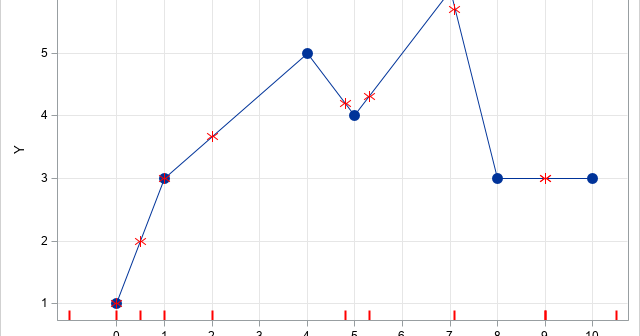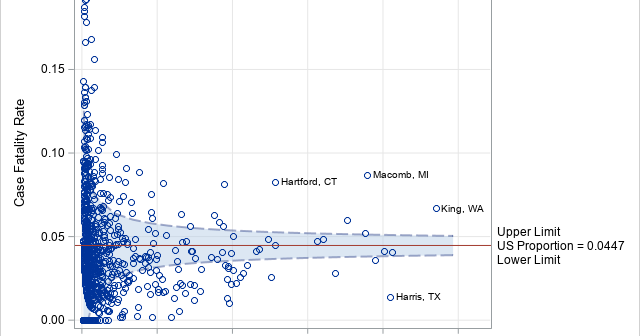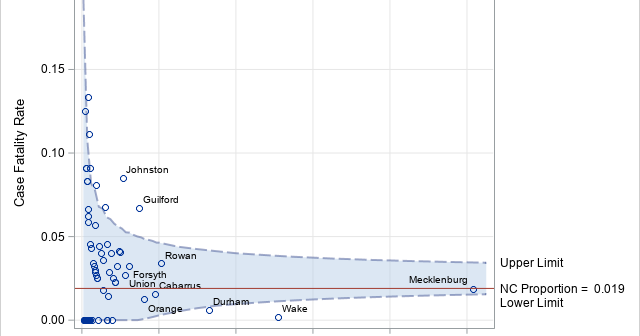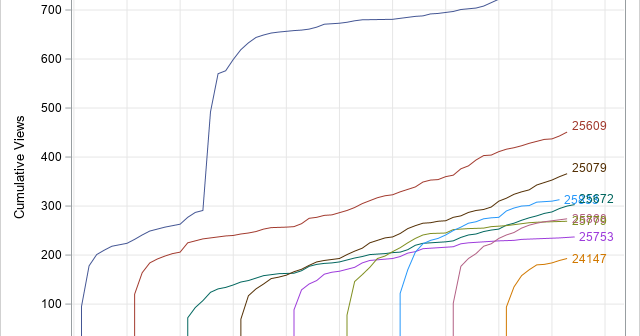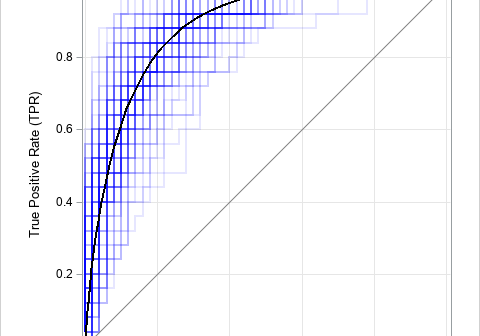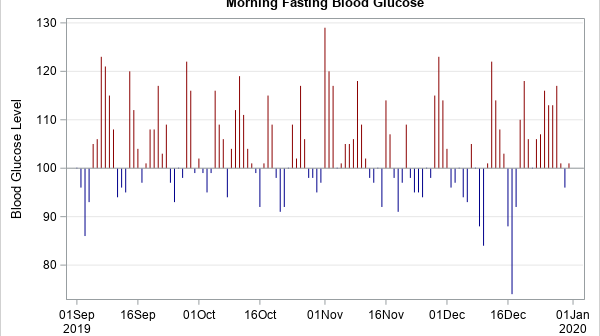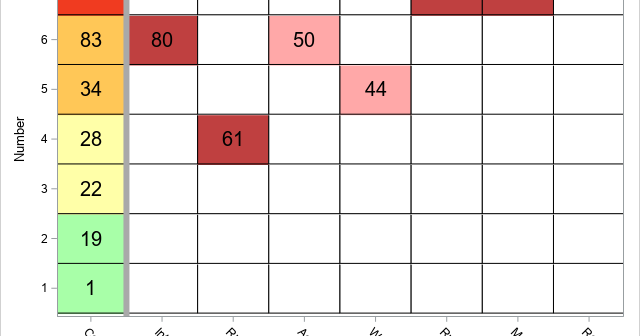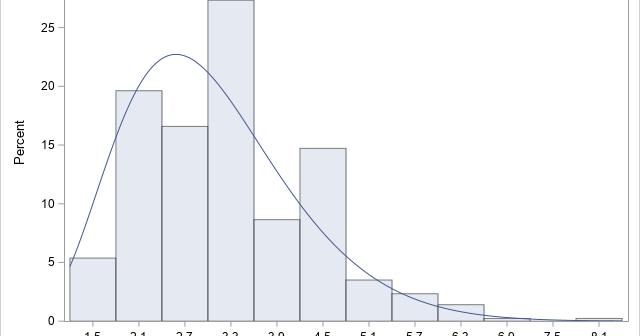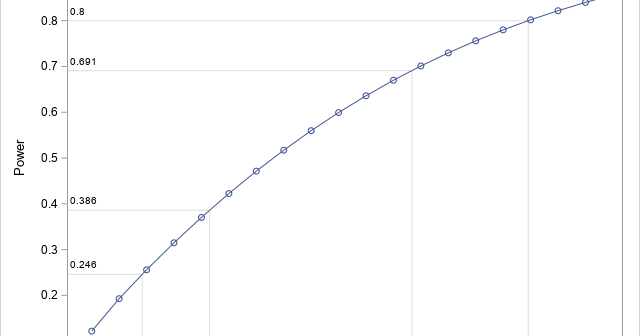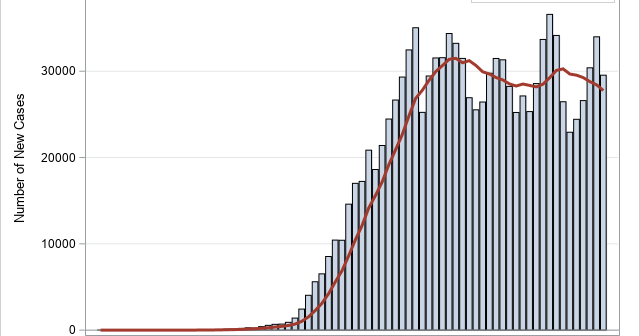
During this coronavirus pandemic, there are many COVID-related graphs and curves in the news and on social media. The public, politicians, and pundits scrutinize each day's graphs to determine which communities are winning the fight against coronavirus. Interspersed among these many graphs is the oft-repeated mantra, "Flatten the curve!" As

